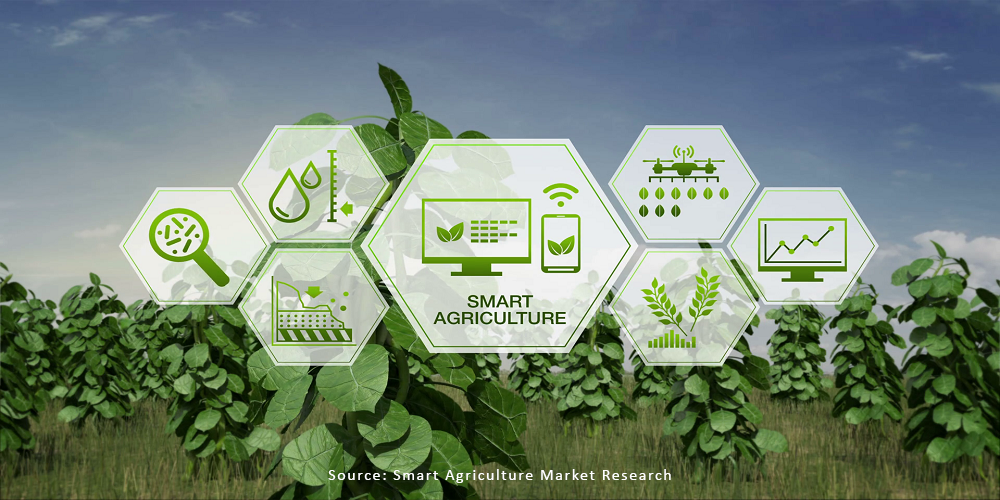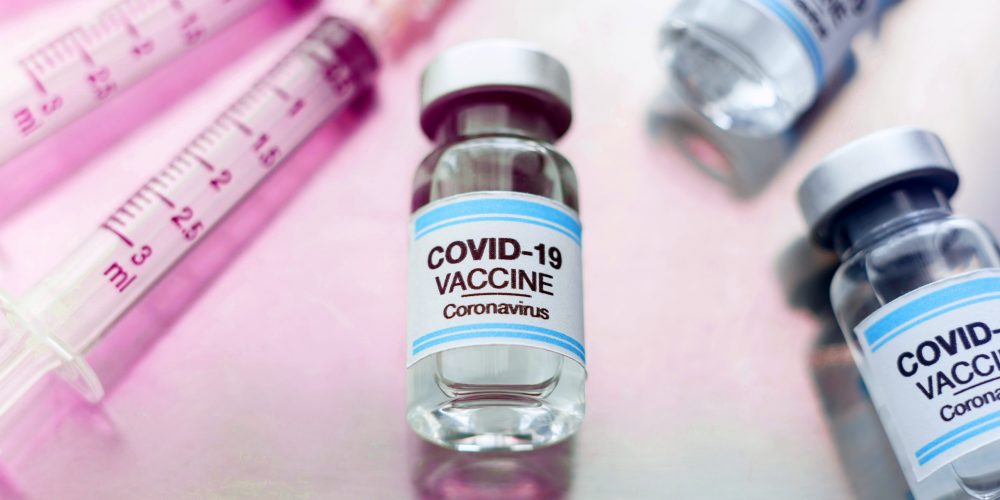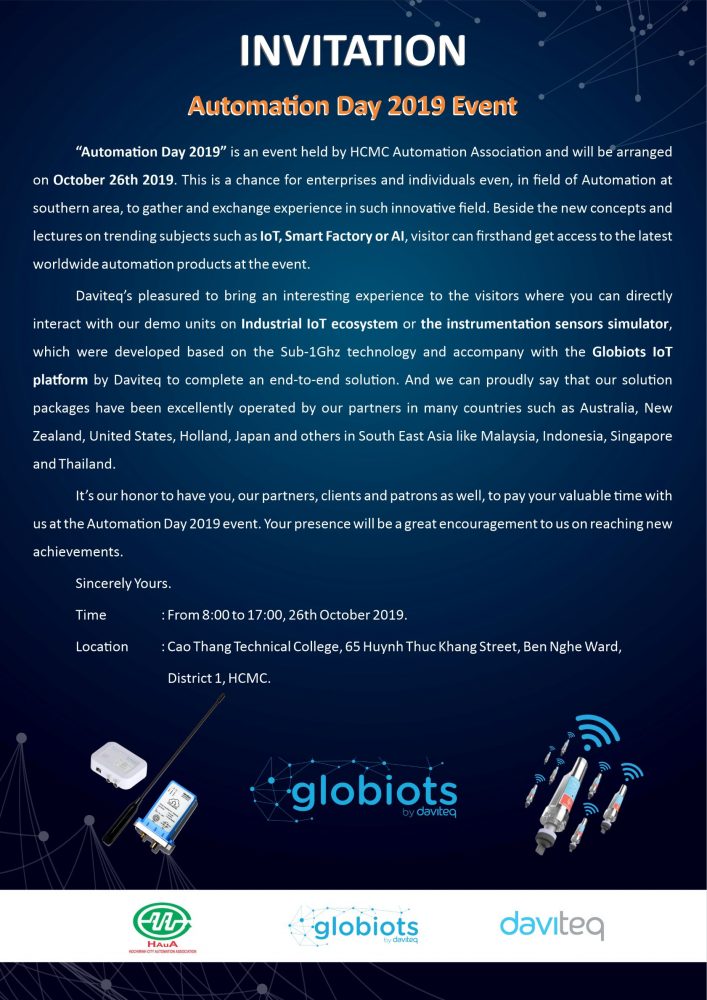Embracing Digitisation in The Agriculture Industry Around The Globe.
Digitisation is moving at a swift pace, especially in the field of agriculture. Industries like agriculture are, contrary to popular belief, at the leading edge of digital technology. We are seeing sowing is optimised, and crops are treated based on weather forecasts, infrared systems identify fields needing fertiliser, and weeding & harvests are mechanically assisted. According to the “Smart Agriculture – Global Market Outlook (2018-2027)” report released earlier this year, “The Global Smart Agriculture market accounted for $11.45 billion in 2018 and is expected to reach $30.00 billion by 2027 growing at a CAGR of 11.3% during the forecast period”.
- Improving income levels and demand for protein-rich aqua food are the major factors driving the market growth. However, determinants such as high investment cost for the adoption of new agricultural technologies and on the whole fragmented agriculture industry are somehow, hampering the market growth.
- According to the Innovation in agriculture: Europe at crossroads Report published earlier this week, the agricultural sector’s fight to mitigate climate change and improve sustainability is an integral part of the EU Green Deal and the Farm to Fork strategy.
- Precision farming practices, including digital farming, are the best way to deliver the EU’s strategic goals of being green, smart and safe and should be part of the National Recovery and Resilience Plans of all member states, according to MEP Petros Kokkalis.
- Geographically, Asia Pacific will have a profitable growth during the forecast period due to the rising of government support and increasing awareness among cultivators.
In Singapore, more than S$55 million is set aside to help agriculture and aquaculture firms innovate, announced by the Enterprise Singapore (ESG) recently. ESG also encourages the industry to adopt cutting-edge agriculture and aquaculture technologies. Meanwhile, in Vietnam, the Minister of Agriculture and Rural Development, Mr Cao Duc Phat mentioned that Vietnam’s agricultural sector is looking for foreign and domestic investors, especially those using advanced technology. By applying advanced technology to farming, this will help the country set up modern agricultural techniques with a highly competitive capacity.
How is Digital Technologies Shaping Future Agriculture?
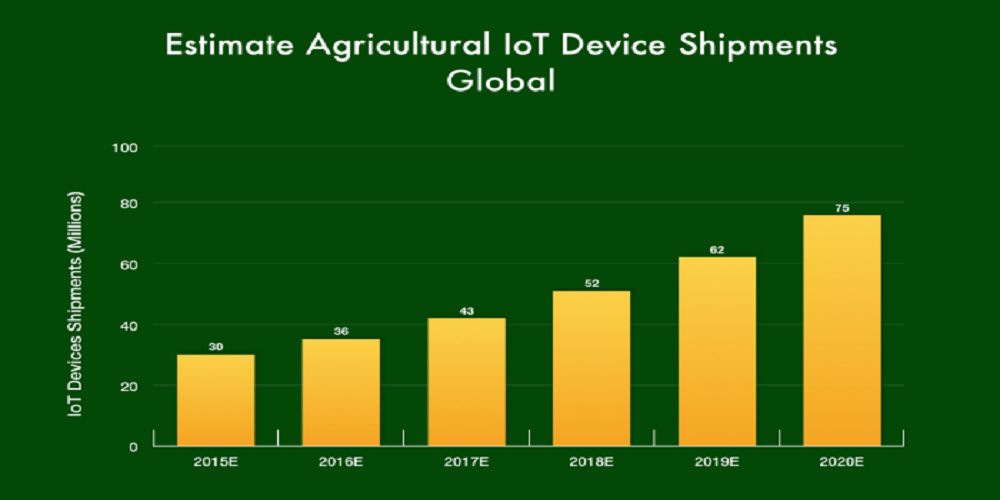
Source: The IoT Magazine
The adoption of digital technologies for agriculture is continually advancing. Notably, BI Intelligence predicts that the number of agriculture IoT device installations will hit 75 million by this year and continue to increase 20% annually. Since the market is still expanding, adopting digital technologies for agriculture within the upcoming years can be hugely beneficial.
But why should businesses consider adopting digital technologies for agriculture in the first place?
The growing array of digital technologies in this field such as AI, Blockchain, IoT devices including soil moisture wireless pressure sensor, energy meters, wireless communication, and other gadgets have helped farmers to gain better control, making it more predictable and efficient to operate.
Perhaps, the most noticeable advantage would be a substantial amount of data gained through smart devices, for example, information about humidity level, soil quality, or weather condition, etc. These data can be used to track the state of business in general. The main objective of applying these technologies to farming is not just to gather data, but also to convert this data into meaningful information which can help promote productivity and lessen manual efforts. There are many types of IoT devices and applications that can be used to obtain such data in agriculture to gain better control over the internal processes and cost-efficient.
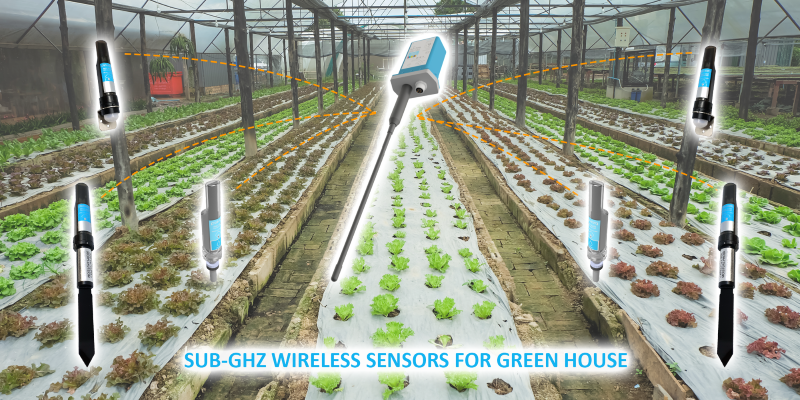
Source: Daviteq.com
Let’s look at automated greenhouse technologies as an example. A smart greenhouse applies wireless sensor technology along with a range of sensors and control mechanisms to help farmers keep track of the conditions inside their greenhouses all the time. That’s critical, because when something goes wrong in a greenhouse, plants can start dying instantly, and that could mean financial difficulties for the farmer and food shortages for the people who depend on these crops.
Traditional greenhouses require much hands-on intervention to assure that the plants get the right temperature, that they have sufficient sunlight, water and food, and that they’re not falling prey to disease or pests. Smart greenhouses use sensors to monitor all these, and the greenhouse can be automated, too. The sensors can open windows, turn on fans, mist the plants, adjust the temperature, or dispense fertiliser automatically, these will help saving time, money, energy, and of course, manpower.
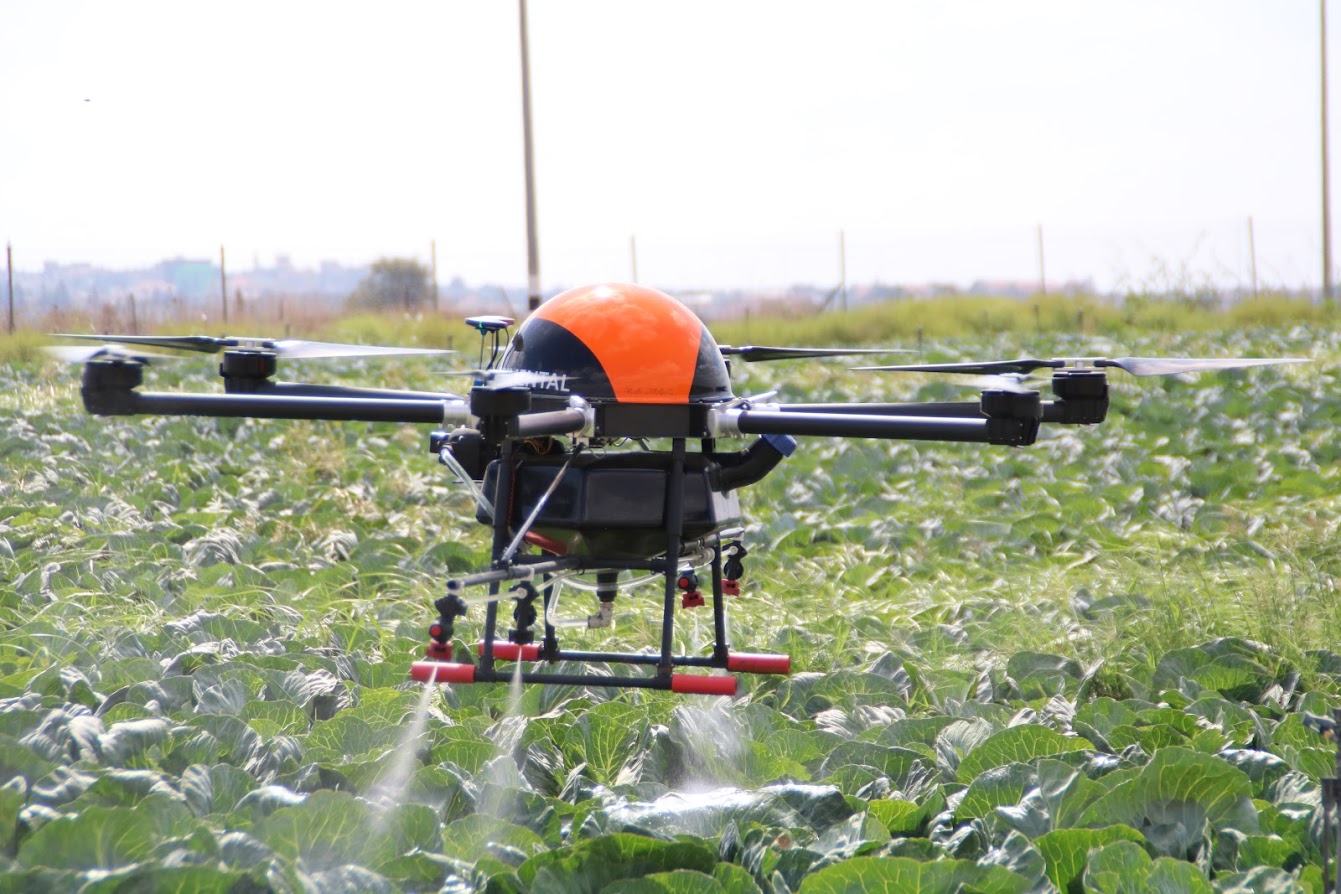
Source: Wikipedia
On the other hand, Drones are good for more than just delivering your Amazon packages. Farmers are using them to monitor their farmland, and even to do some farming duties. These drones allow farmers to monitor the progress and plant health as well as perform soil analysis. The ground-based drones can drop seeds into the soil when needed, and aerial drones can replace aeroplane crop dusters. With advanced functions like integrated GIS mapping and crop health imaging, drone technologies make data collection and analysis more accessible. They can help farmers increase yields while cutting down on labour as well.
Water conservation has been the main focus for farmers in most regions. However, cutting back on water resources could probably lead to the reduction of crop yields. Using soil sensors to monitor moisture levels can solve this problem. When the soil reaches a certain dryness level, the sensors trigger irrigation to the respective site. Water flows only enough to supply the necessary level of moisture in the ground—this means using only the appropriate water amount, cut down on waste without sacrificing crops.
“As a result, all of these innovative methods can potentially lead to efficient and resource-friendly sustainable farming as well as drive higher revenue.”
AgriTech Initiatives Around The World.
Look at how Singapore uses AI, whether it’s irrigation or fertiliser use; smart farming initiates these processes automated. Singapore’s VertiVegies and Blue Aqua International Group apply AI and other advances in the IoT, as part of the country’s move to becoming a leading urban agriculture and aquaculture technology hub.
In the US, along with The Nature Conservancy and Applied GeoSolutions, the Conservation Technology Information Center (CTIC) has developed an automated system to map soil health and conservation practices via remote sensing data.
Steve Hagen, the senior remote sensing scientist at Dagan Inc., explains that the Operational Tillage Information System (OpTIS) uses publicly available data to map and monitor the adoption of tillage practices, cover crops, and crop rotations. Another nine companies in the States are also working on automating farm chores like picking rocks or manoeuvring a grain cart.
Youth in India has proved to be as fertile as the farms they want to serve. Therefore, in recent years, one sector that has attracted a large number of start-ups is agri-tech. Every year, a few agriculture-focussed companies sprout hi-tech products to help farmers increase productivity and deal with the vagaries of nature. They offer cultivators smart technology, AI, and IoT-based solutions, most often are able to be executed right on their smartphones. Kraashak is one of the devices seen as useful for growers who would like to stay home during the current pandemic; it helps farmers monitor their farms without going to the field.
For now, the venture which owns this technology is incubated at the government’s Electropreneur Park in New Delhi and recognised by Start-up India as well as the Department for Promotion of Industry & Internal Trade. They are working with farmers who have large land holdings as well as those with small farms, in Uttar Pradesh, Delhi, Uttarakhand, and Jharkhand, to help them achieve high yield and enhanced profit margins.
Digital Technologies can be Hugely Beneficial to The Agriculture Industry, but Will Small Farms be Left Behind When Investment Cost is The Primary Concern in Digitalisation?
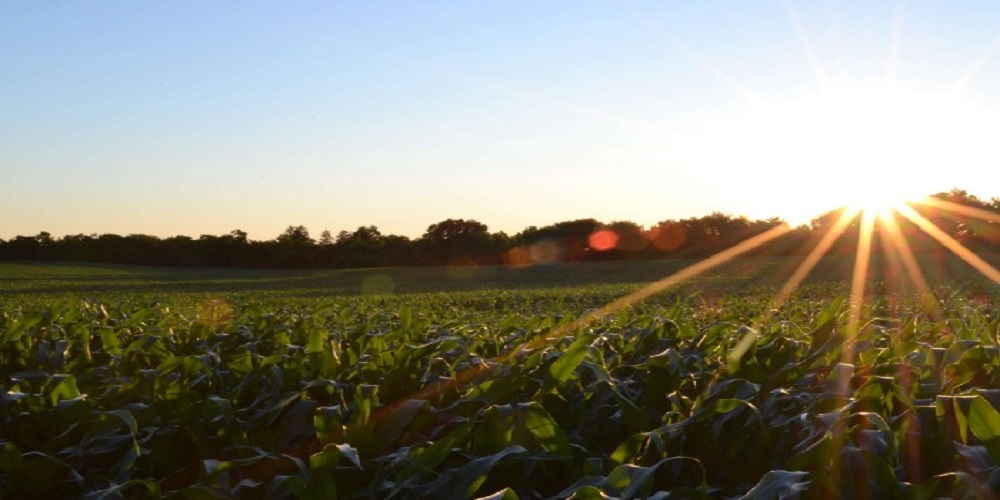
Source: The IoT Magazine
As far as investment costs are concerned, other partnerships become more crucial. Some solution providers provide tailor-made solutions for individual farms and guides to help farmers pilot the big data obtained. The farmers can intervene at any time and adjust their agricultural management measures.
Digital technologies can be particularly beneficial for small farms, those that cannot afford human resources. By applying digital field records and the information stored within, farmers can reduce some steps during the planting and harvesting processes. Drones and field robots are used for mapping and collecting data from the fields, too.
Digital Technologies in Agriculture Industry Particularly and IIoT Technologies, in General, is Revolutionary but Not a One-Stop Solution.
Though IIoT will transform the agriculture industry, it still is not a cure-all. Food waste is a severe problem globally. It’s so critical that the amount of food wasted in industrialised countries equals to the food produced in less-developed countries. Enhancing food productivity in those less-developed nations will help to solve the problem as the industrial world focuses on reducing waste. Nonetheless, IIoT can only help increase productivity if the infrastructure which allows for internet-connected sensors and computers is accessible.
The World Bank recognises this problem and in addition, philanthropic groups around the world are also helping to bring IIoT technology to less developed countries to help farmers battle the impacts of climate change on their production. When these technologies are available to all farmers around the world, they will then have significant changes in the agriculture industry and at the same time, help all of humanity.


 Tiếng Việt
Tiếng Việt